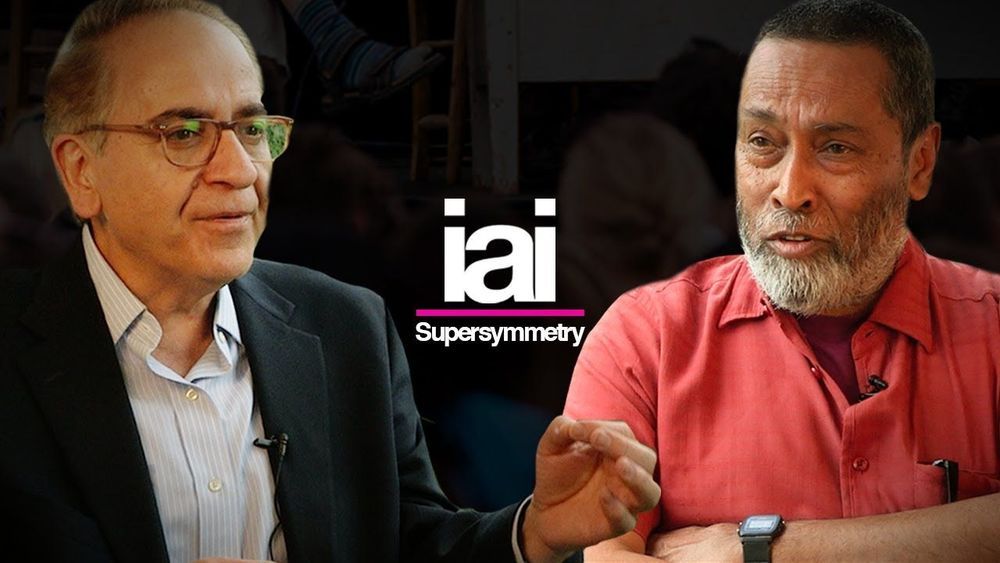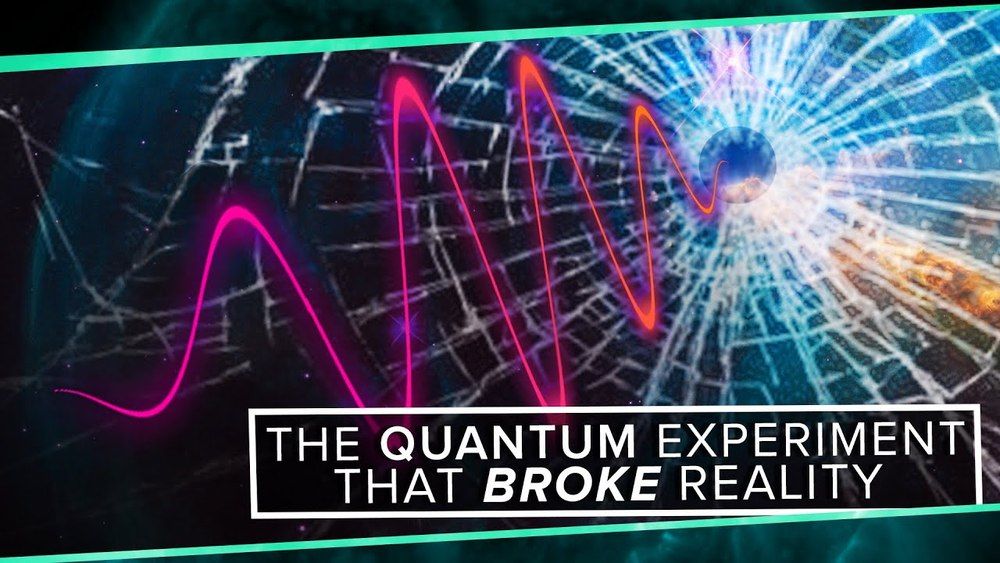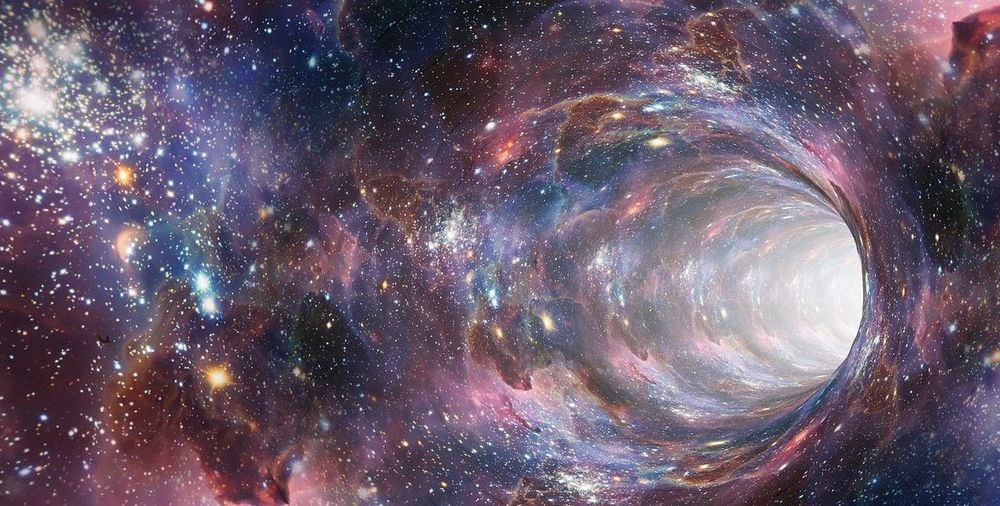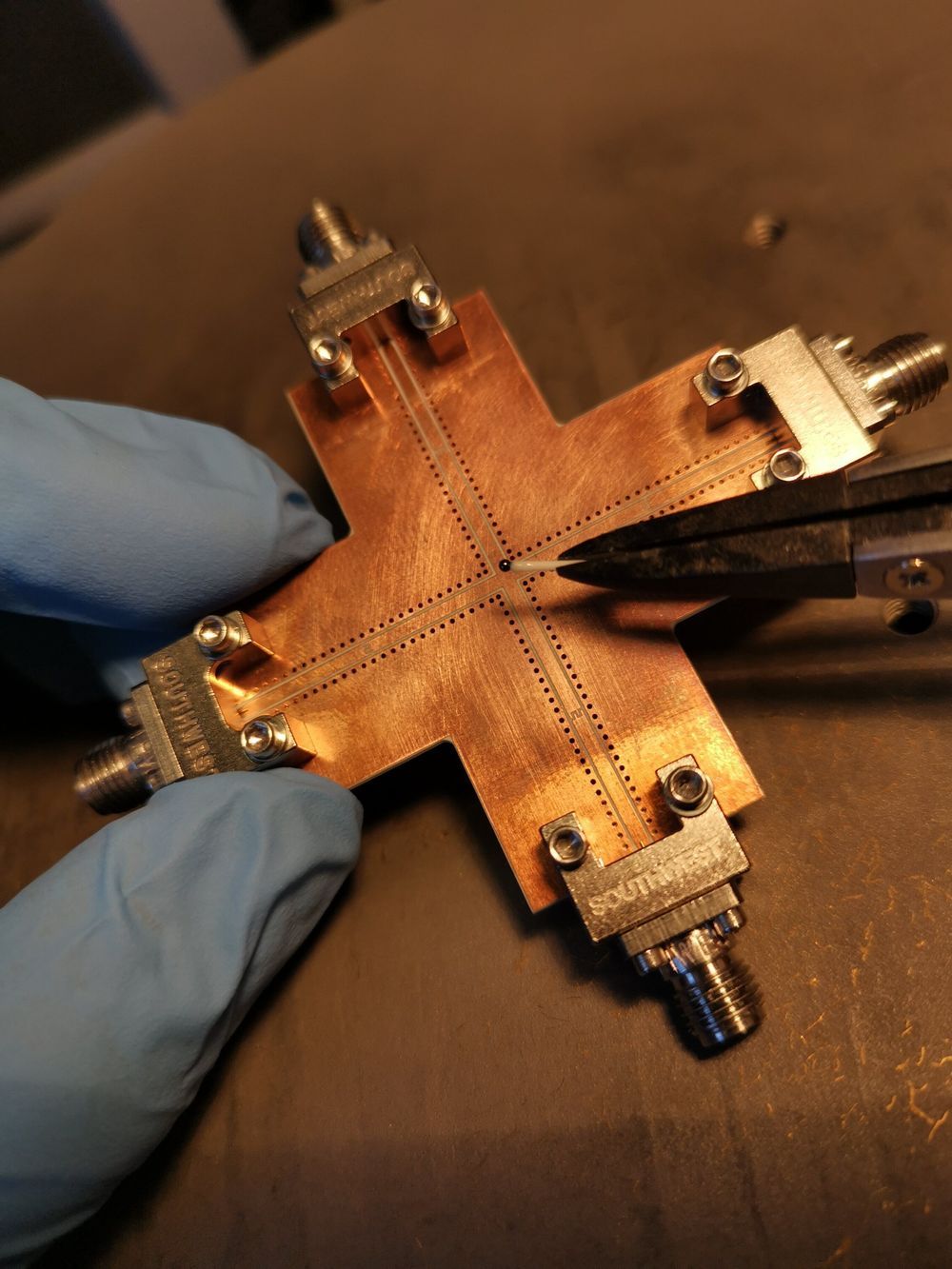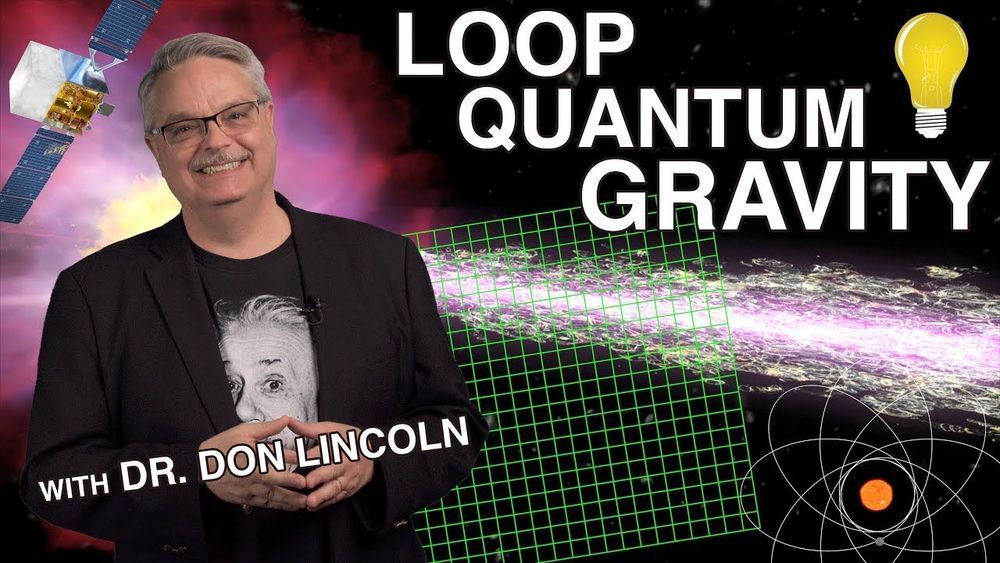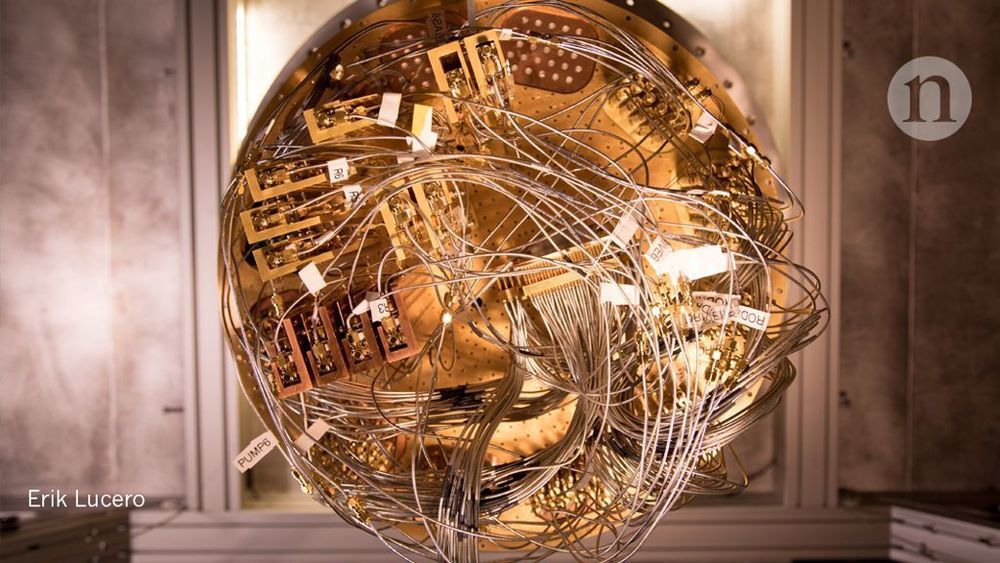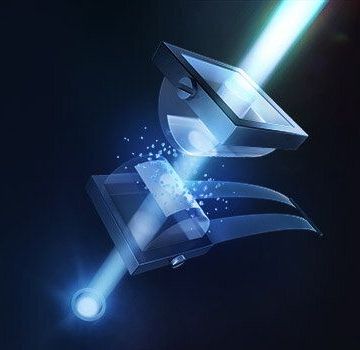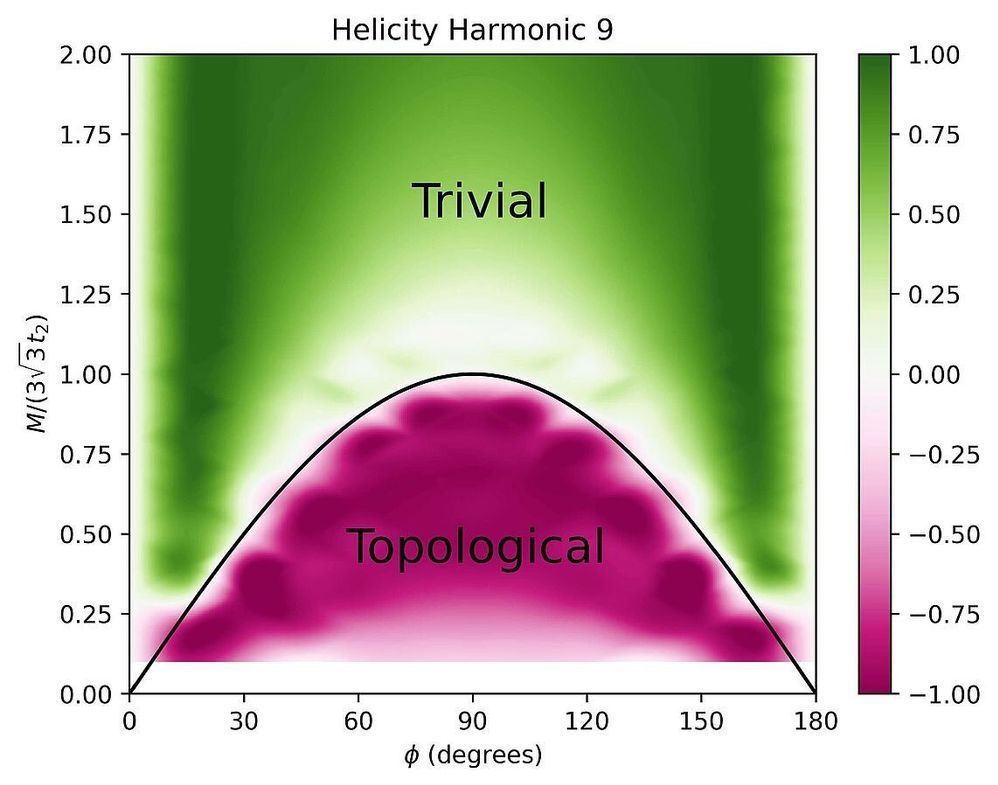The standard model of physics remains incomplete. Could supersymmetry fill the gaps? From whether supersymmetric particles could fix the mass of the Higgs Boson to what this would mean for string theory, the world’s leading thinkers explain all.
John Ellis is a British theoretical physicist who is currently Clerk Maxwell Professor of Theoretical Physics at King’s College London. He was Division Leader for the CERN theory division, a founding member of the LEPC and of the LHCC at CERN and currently chair of the committee to investigate physics opportunities for future proton accelerators.
Catherine Heymans is a Professor of Astrophysics and European Research Council Fellow at the University of Edinburgh. She is also the Director of the German Centre for Cosmological Lensing at the Ruhr-University Bochum, Germany.
Ben Allanach is a member of the Department of Applied Mathematics and Theoretical Physics High Energy Physics research group and The Cambridge SUSY Working Group based at the Cavendish Laboratory.
Subir Sarkar is a physicist at the University of Oxford, where he is head of the Particle Theory Group at the Rudolf Peierls Centre for Theoretical Physics. His research interests are at the interface between fundamental physics and astrophysics & cosmology — specifically theoretical aspects of dark matter, inflation and large-scale structure formation.
